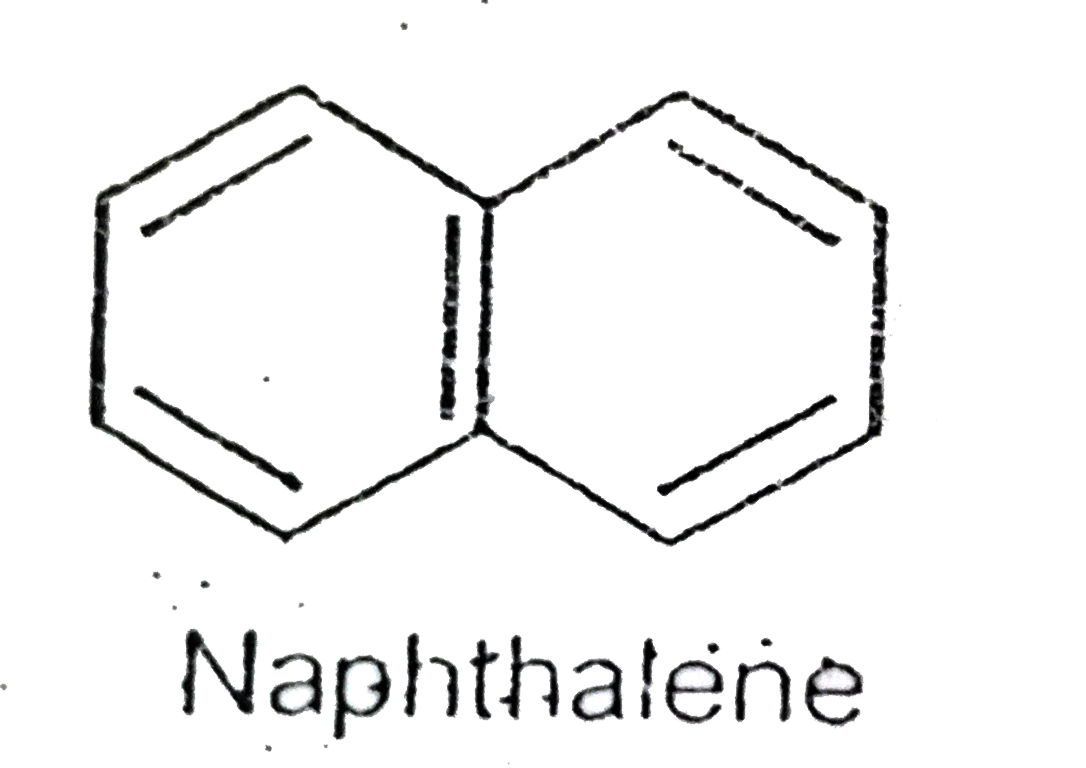Consider the function F(x)=∫x(x−1)(x2+1)dxStatement-1: F(x) is discontinuous at x=1 ,Statement-2: Integrand of F(x) is discontinuous at x=1 (A) Statement-1 is True, Statement-2 is True, Statement-2 is a correct explanation for Statement-1. (B) Statement-1 is True, Statement-2 is True, Statement-2 is NOT a correct explanation for Statement-1. (C) Statement-1 is True, Statement-2 is False. (D) Statement-1 is False, Statement-2 is True.
To analyze the statements regarding the function F(x)=∫x(x−1)(x2+1)dx, we will evaluate the continuity of F(x) at x=1 and the continuity of the integrand at that point.
Step 1: Identify the integrand
The integrand of F(x) is given by:
f(x)=x(x−1)(x2+1)
Step 2: Check for discontinuities in the integrand
To check for discontinuities, we need to evaluate f(x) at x=1:
f(1)=1(1−1)(12+1)=10⋅2=10
Since division by zero occurs, f(x) is undefined at x=1. Therefore, the integrand f(x) is discontinuous at x=1.
Step 3: Analyze the continuity of F(x)
Next, we need to determine if F(x) is continuous at x=1. The continuity of F(x) depends on the behavior of the integral around x=1.
Step 4: Evaluate the limit of F(x) as x approaches 1
Since f(x) is discontinuous at x=1, we can infer that the integral F(x) will also be affected. Specifically, as x approaches 1, the integrand approaches infinity, leading to:
F(1)=∫x(x−1)(x2+1)dx diverges
This means F(x) is not defined at x=1, confirming that F(x) is discontinuous at that point.
Step 5: Conclusion about the statements
- Statement 1: F(x) is discontinuous at x=1 — True.
- Statement 2: The integrand f(x) is discontinuous at x=1 — True.
Since both statements are true, and Statement 2 correctly explains Statement 1, the correct answer is:
(A) Statement-1 is True, Statement-2 is True, Statement-2 is a correct explanation for Statement-1.
---
The integrand of F(x) is given by:
f(x)=x(x−1)(x2+1)
To check for discontinuities, we need to evaluate f(x) at x=1:
f(1)=1(1−1)(12+1)=10⋅2=10
Since division by zero occurs, f(x) is undefined at x=1. Therefore, the integrand f(x) is discontinuous at x=1.
Next, we need to determine if F(x) is continuous at x=1. The continuity of F(x) depends on the behavior of the integral around x=1.
Since f(x) is discontinuous at x=1, we can infer that the integral F(x) will also be affected. Specifically, as x approaches 1, the integrand approaches infinity, leading to:
F(1)=∫x(x−1)(x2+1)dx diverges
This means F(x) is not defined at x=1, confirming that F(x) is discontinuous at that point.
- Statement 1: F(x) is discontinuous at x=1 — True.
- Statement 2: The integrand f(x) is discontinuous at x=1 — True.
(A) Statement-1 is True, Statement-2 is True, Statement-2 is a correct explanation for Statement-1.
Similar Questions
Statement-1: The function F(x)=∫sin2xdx satisfies F(x+π)=F(x),∀ξnR ,Statement-2: sin2(x+π)=sin2x (A) Statement-1 is True, Statement-2 is True, Statement-2 is a correct explanation for Statement-1. (B) Statement-1 is True, Statement-2 is True, Statement-2 is NOT a correct explanation for Statement-1. (C) Statement-1 is True, Statement-2 is False. (D) Statement-1 is False, Statement-2 is True.
View SolutionStatement-1: ∫sin−1xdx+∫sin−1√1−x2dx=π2x+cStatement-2: sin−1x+cos−1x=π2 (A) Statement-1 is True, Statement-2 is True, Statement-2 is a correct explanation for Statement-1. (B) Statement-1 is True, Statement-2 is True, Statement-2 is NOT a correct explanation for Statement-1. (C) Statement-1 is True, Statement-2 is False. (D) Statement-1 is False, Statement-2 is True.
View SolutionStatement-1: ∫(x2−1x2)ex2+1xdx=ex2+1x+C Statement-2: ∫f(x)ef(x)dx=f(x)+C (A) Statement-1 is True, Statement-2 is True, Statement-2 is a correct explanation for Statement-1. (B) Statement-1 is True, Statement-2 is True, Statement-2 is NOT a correct explanation for Statement-1. (C) Statement-1 is True, Statement-2 is False. (D) Statement-1 is False, Statement-2 is True.
View SolutionStatement-1: ∫dxx(1+logx)2=−11+logx+C , Statement-2: ∫(f(x))nf'(x)dx=(f(x))n+1n+1+C,n+1≠0 (A) Statement-1 is True, Statement-2 is True, Statement-2 is a correct explanation for Statement-1. (B) Statement-1 is True, Statement-2 is True, Statement-2 is NOT a correct explanation for Statement-1. (C) Statement-1 is True, Statement-2 is False. (D) Statement-1 is False, Statement-2 is True.
View SolutionStatement-1: ∫(sinx)x(xcotx+logsinx)dx=x(sinx)xStatement-2: ddx(f(x))g(x)=(f(x))g(x)ddx[g(x)logf(x)] (A) Statement-1 is True, Statement-2 is True, Statement-2 is a correct explanation for Statement-1. (B) Statement-1 is True, Statement-2 is True, Statement-2 is NOT a correct explanation for Statement-1. (C) Statement-1 is True, Statement-2 is False. (D) Statement-1 is False, Statement-2 is True.
View SolutionStatement-1: p-Nitroaniline is more polar than nitrobenzene
and
Statement-2: Nitro group has -M effect.
(a) Statement-1 is true, Statement-2 is true, Statement-2 is a correct explanation for Statement-1
(b) Statement-1 is true, Statement-2 is true, Statement-2 is not a correct explanation for Statement -1
(c) Statement -1 is true, Statement -2 is false
(d) Statement -1 is false, Statement -2 is true
View SolutionStatement-1: In naphthalene all C-C bonds are equal

and
Statement-2: Like benzene naphthalene is also aromatic.
(a) Statement-1 is true, Statement-2 is true, Statement-2 is a correct explanation for Statement-1
(b) Statement-1 is true, Statement-2 is true, Statement-2 is not a correct explanation for Statement -1
(c) Statement -1 is true, Statement -2 is false
(d) Statement -1 is false, Statement -2 is true
View SolutionLet a solution y=y(x) of the differential equation x√x2−1dy−y√y2−1dx=0 satisfy y(2)=2√3Statement-1: y(x)=sec(sec−1x−π6)Statement-2: y(x) is given by 1y=2√3x−√1−1x2 (A) Statement-1 is True, Statement-2 is True, Statement-2 is a correct explanation for Statement-1. (B) Statement-1 is True, Statement-2 is True, Statement-2 is NOT a correct explanation for Statement-1. (C) Statement-1 is True, Statement-2 is False. (D) Statement-1 is False, Statement-2 is True.
View Solution
Statement-1 : limx→0√1−cos2xx at (x = 0) does not exist.
Statement -2 :Right hand limit ≠ Left hand limit
i) Statement - 1 is True, Statement-2 is True, Statement-2 is a correct explanation for statement-1
ii)Statement-1 is True, Statement-2 is True, Statement-2 is Not a correct explanation for statement-1
iii)Statement-1 is True, Statement-2 is False
iv)Statement -1 is False, Statement-2 is True
View SolutionSTATEMENT-1: log(2+sin2x)(x4+x2+1)esinx>0 STATEMENT-2: Product of non-negative expressions can not assume negative value (A) Statement-1 is True, Statement-2 is True; Statement-2 is a correct explanation for Statement-1 (B) Statement-1 is True, Statement-2 is True; Statement-2 is NOT a correct explanation for Statement-1 (C) Statement-1 is True, Statement-2 is False (D) Statement-1 is False, Statement-2 is True
View Solution
